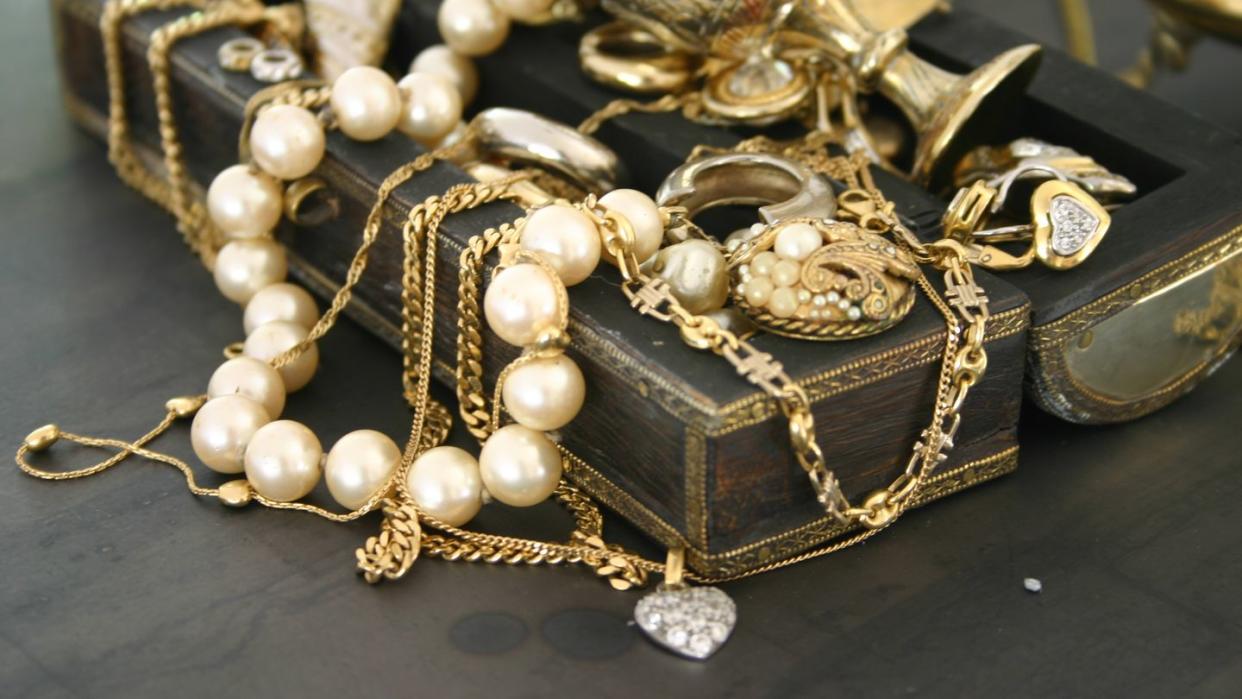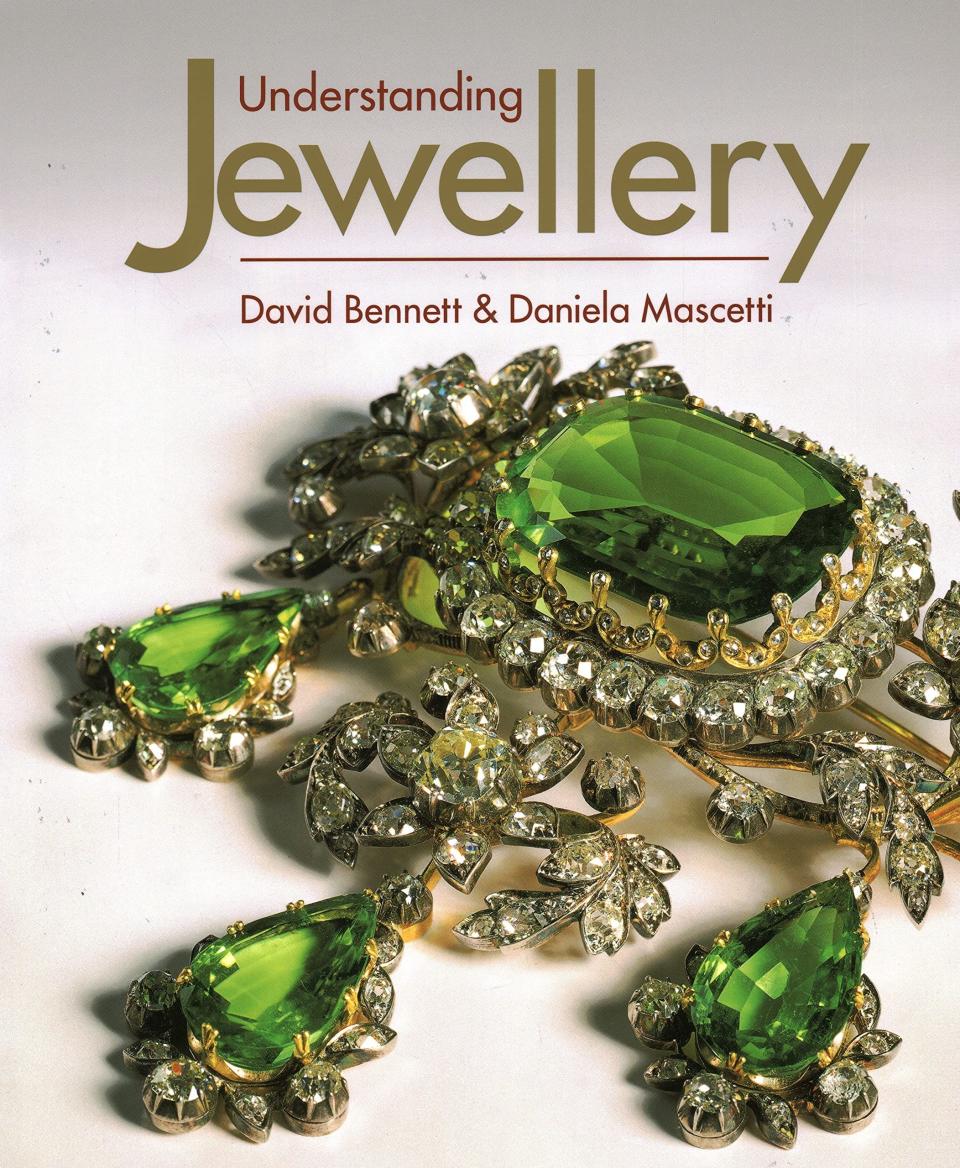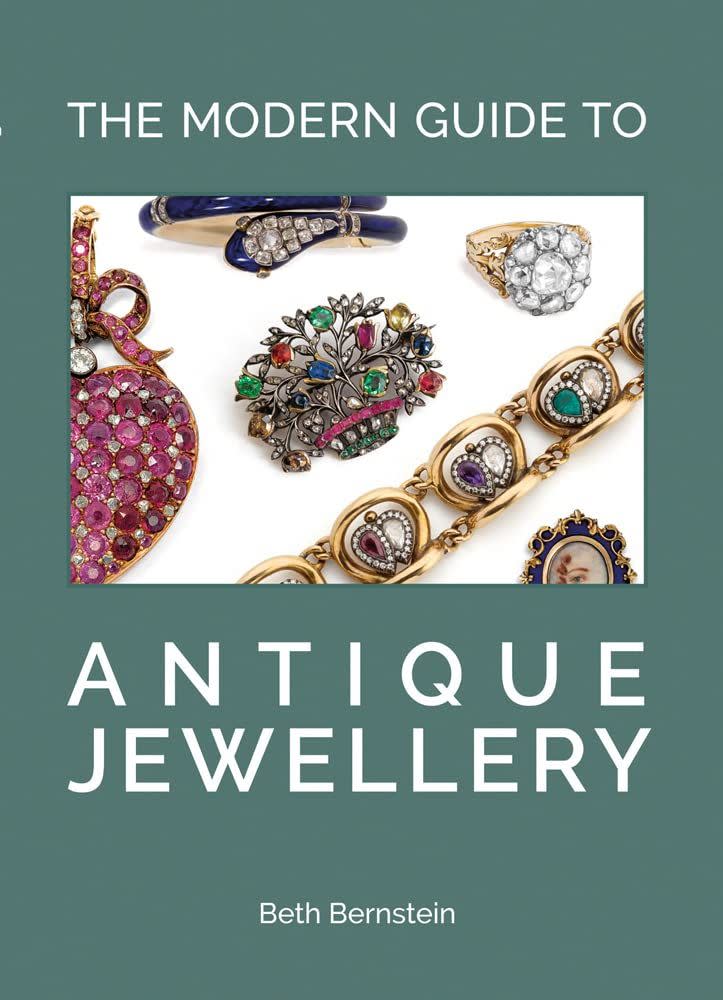How to Identify the Value of Your Antique Jewelry, According to Experts

"Hearst Magazines and Yahoo may earn commission or revenue on some items through these links."
We all have that one piece of jewelry we inherited from our grandmothers or picked up on a whim at an antique shop that we don't know the full history about. Sure, we may have an idea of when it was made or the materials used, but most times, we don't have a clear idea about what the centuries-old ring or Art Deco necklace is worth.
Similar to furniture, it's not easy to figure out the value of antique or vintage jewelry. However, there are a couple of steps collectors can take to start to understand the history and worth of their pieces. Doing preliminary research allows you to know what type of specialist or jewelry shop to go to to get your jewelry fully appraised.
Here, we spoke with Dana Kiyomura, the founder of the antique jewelry shop Keyamour, and Suzanne Martinez, co-owner of Lang Antique & Estate Jewelry, about how to find the value of your antique jewelry. These tips will set you on the right path whether you are planning to sell or just curious about your heirloom-worthy gems.
How to Find the Value of Your Antique Jewelry
Know the difference between antique, vintage, and reproductions.
While it may seem self-explanatory, it's surprisingly not so cut and dry for an everyday wearer to determine what is antique and what is antique-inspired. Knowing whether your piece is antique, vintage, or a reproduction can help paint a better picture of its monetary value.
For a piece of jewelry to be considered antique, it must be at least 100 years old, whereas anything over 40 years old is considered vintage. Antique- and vintage-style reproductions merely take inspiration from the silhouettes, colors, and materials of jewelry pieces from bygone years. Kiyomura and Martinez both note that many well-made reproductions can be difficult even for experts to spot, especially once they have worn a bit. When purchasing jewelry, watch out for buzzwords attached to it like "style" or "inspired." These words often signify that the piece is merely a reproduction that mimics the fashion of an era.
Do your research.
Any collector, whether new or seasoned, could benefit from investing in a few books on gemstones and jewelry-making. Not only do they detail valuable lessons on the evolution making of jewelry, but these books are also filled with photos and diagrams that can help you identify certain materials and era styles more confidently.
After doing preliminary reading, it becomes easier to understand what to look for when examining an old piece in your collection. Understanding Jewellery by David Bennett and Daniela Mascetti is a favorite of Kiyomura and Martinez for its detailed illustrations and comprehensive text.

Understanding Jewellery
$65.04
amazon.com
Kiyomura also often recommends The Modern Guide to Antique Jewellery by Beth Bernstein to her clients. Kiyomura says, "Bernstein gives a really good synopsis of styles from the Georgian through the modern period. In the back of the book, she curated a nice current list of wonderful antique dealers and professionals where she tells you about their background and how to reach them."

The Modern Guide to Antique Jewellery
$26.99
amazon.com
Examine your jewelry.
It's always smart to thoroughly and carefully examine your jewelry piece to look for any unique characteristics before getting it valued. Even if you have an idea of its style or age, it's important to be able to verify what materials were used to create it and if it generally fits in the era it's thought to be from. Kiyomura likes to first examine the metal and cuts of stone that are being used to create the piece. She explains, "Looking at the materials that were used and the cut of the stones gives you a clue as to the time frame it might look like it came from."
Meanwhile, Martinez advises people to be on the lookout for small engravings, often known as hallmarks, on the insides of rings or the clasps of bracelets and necklaces. "Hallmarks are simply tiny symbols stamped into the jewelry that help tell the origin or purity of it," says Martinez. "Many countries have hallmarks that are specific to their country. For example, all French gold jewelry that's made in France has to be 18 karat, and it's marked with an eagle's head."
This is where having a few jewelry books in your collection comes into play as you can then easily compare your jewelry's hallmarks or cuts of stone to examples in the book. Once you've correctly identified the piece, you start to look online at auction databases to find out what similar pieces have sold for recently, or you can look at well-known jewelry shops to see what comparable jewels are listed for at the current moment. This gives an idea of what the piece's market value might be around, but important to remember there are so many other factors—such as industry trends, the cut of the gems, or the quality—that can affect the piece's worth.
Find the right expert.
Kiyomura urges people to seek out an expert who can fully evaluate the jewelry and give an accurate appraisal. You can always go to the local antique jewelry shop whose staff can surely provide information on a piece's possible value. However, Kiyomura recommends searching a little deeper for shops or individuals that specialize in certain eras or styles of jewelry.
"Pay attention to what the jewelry store sells in its showcases," says Kiyomura. If it doesn't look like what you have to sell, she recommends finding a pro with a website that carries pieces of jewelry similar to yours since your local jewelry store "may not give you the full understanding of what the value might be."
Martinez adds that it's in your best interest to find a jewelry shop that has a gemologist readily on staff. These professionals have trained for years in the field of geoscience, and they thoroughly analyze and certify the quality and characteristics of gemstones. Martinez also explains that they have access to a multitude of labs that can provide a thorough report on the quality of the gemstones in your jewelry.
Sell and shop smartly.
After you've consulted a professional, you can then ultimately decide how you want to sell the item (or if you'd rather hold on to that heirloom!). There are several different markets—from auctions to consignment shops—so it's smart to consult a specialist or auction house to form a plan of action. Martinez wants collectors to know that it's okay to sell or trade in pieces you no long wear or have an affinity with. The key is also to purchase high-quality jewelry, as it will only gain value over time.
"Good quality jewelry, good design jewelry is always going to hold its value," says Martinez. "Don't buy jewelry that needs repairs or restoration. You may never find the right jeweler to fix them or they may not be repairable—and it takes a lot away from their value."
You Might Also Like

